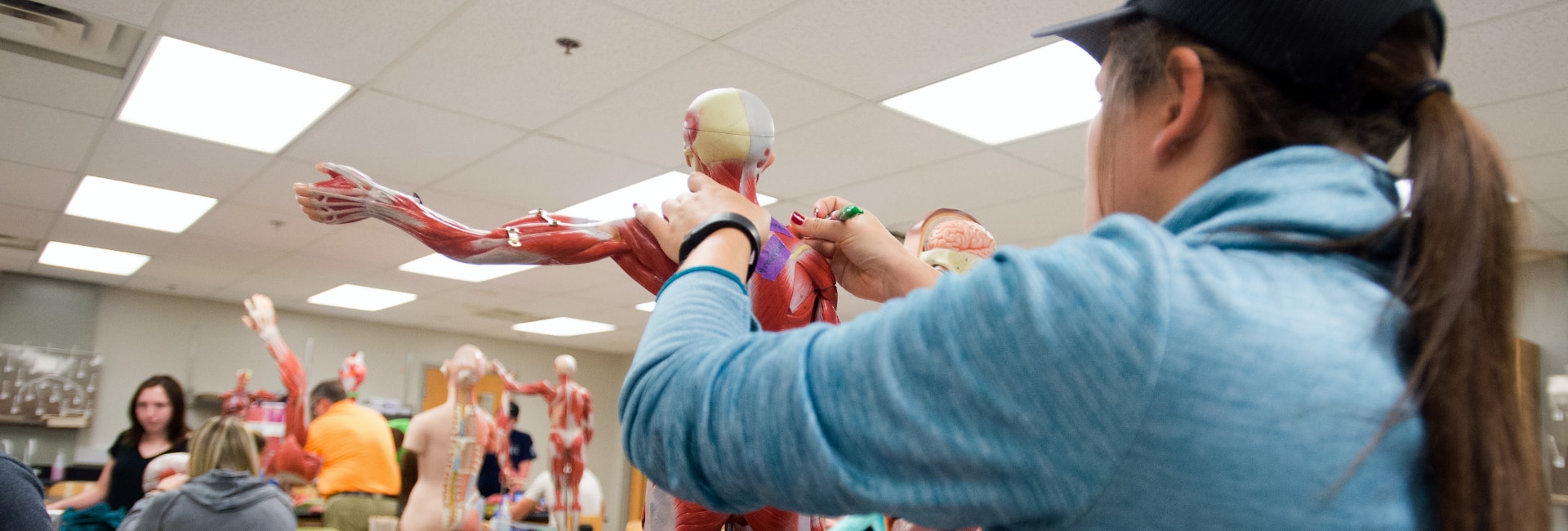You are not required to select a particular undergraduate major in order to be eligible for admission to a DPT program. The most common undergraduate majors among PT students include exercise science, biology, kinesiology, and psychology.
PT schools vary in what classes they require. Most schools require anatomy and physiology (BIOL 121 and 122), chemistry (CHEM 261/262), physics (PHY 175/176), statistics (STAT 241), psychology (PSY 201, PSY 261, PSY 322). For more information about individual programs and their requirements, go to PTCAS.
No. The average GPA for a matriculating student is a 3.5 with a 3.0 in math and science courses.
Visit the centralized application service, PTCAS for more information about how to apply.
Observation hours are an important part of your pre-physical therapy training. Most programs require observation hours but the number can vary between 0-200 hours. You can find information about requirements of individual programs at the PTCAS Directory for information about requirements of individual programs.
- Get started on observation hours early. Some programs require up to 200 hours. Even if the programs you are applying to don’t require observation, this is a good way to know whether a career in physical therapy is right for you.
- Every PT program has different deadlines. Check each program to be sure you are meeting all deadlines.
- Some PT programs have rolling admissions. This means that applying early will help your application
- Request transcripts from all of your academic institutions, including institutions that awarded you dual credit while you were in high school.
- Give careful consideration before asking individuals to write letters of evaluation. Then allow plenty of time for letter writers to get their letter submitted. When you ask for letters of evaluation, be prepared to provide your C.V. (resume) and your personal statement.
